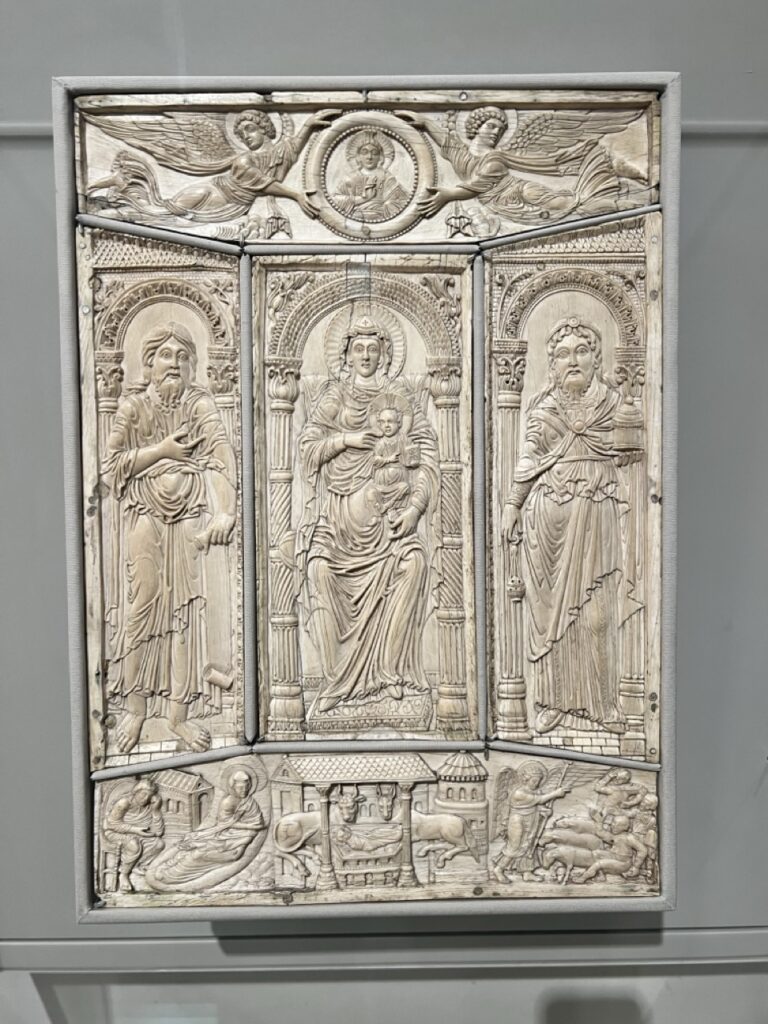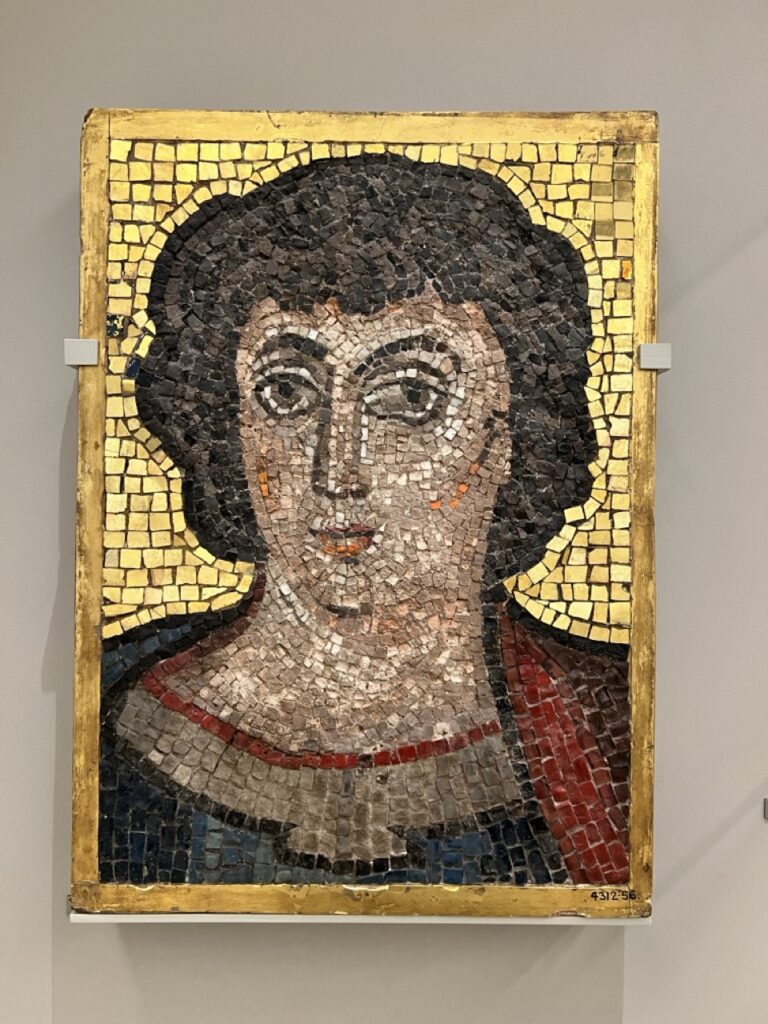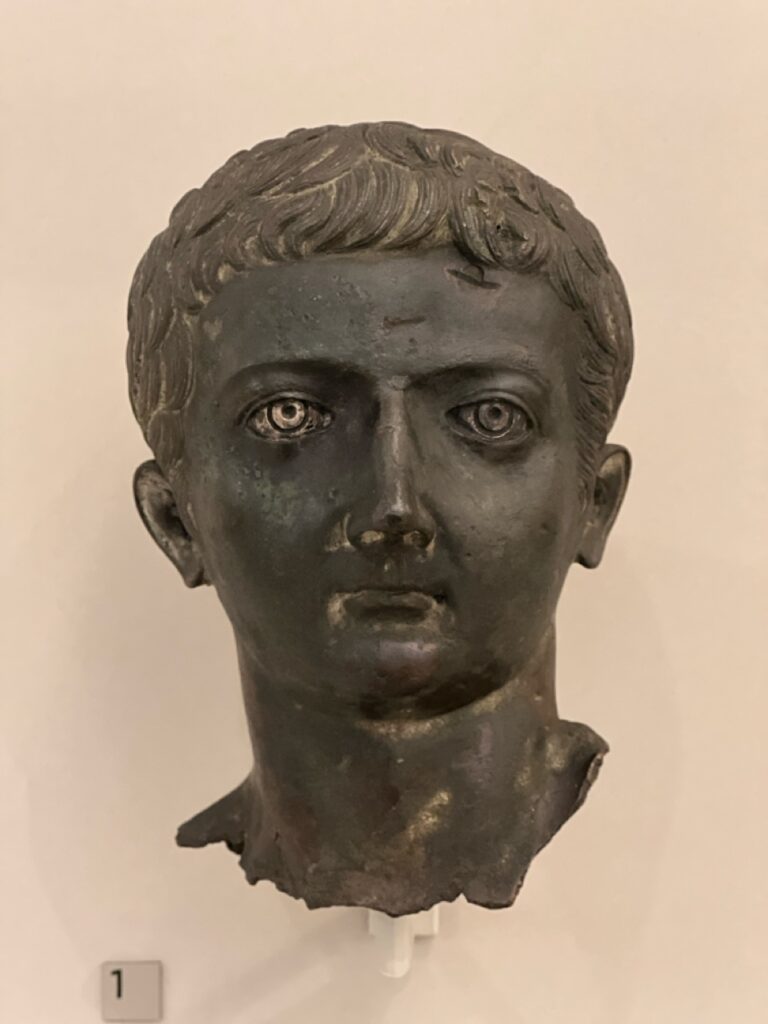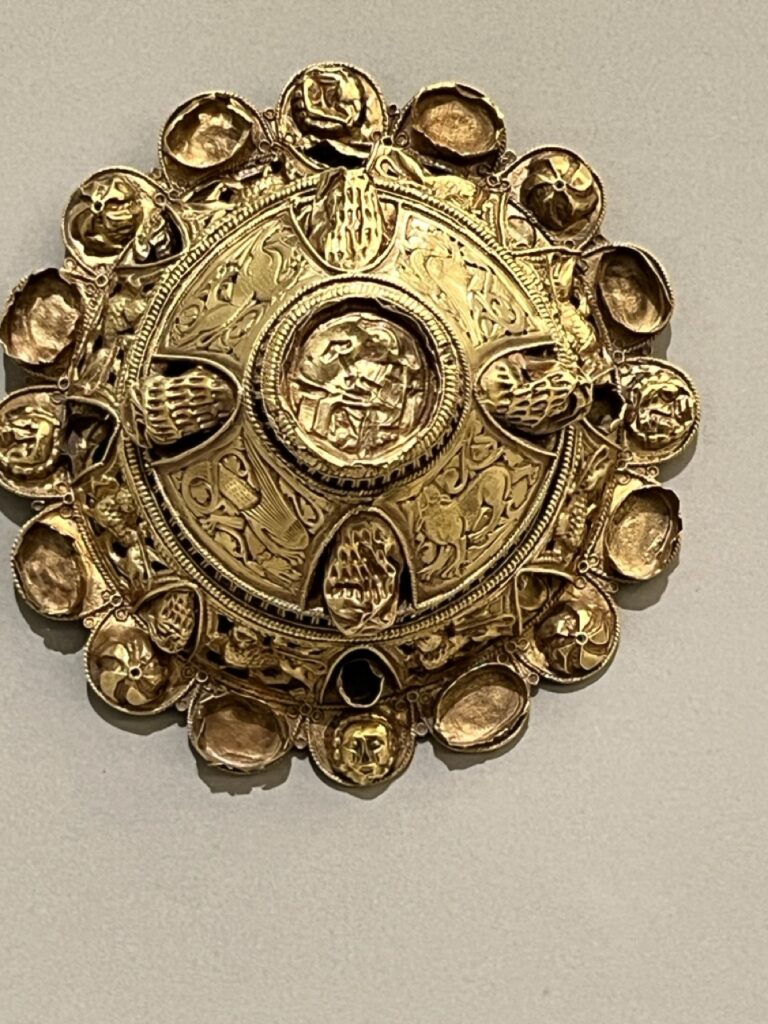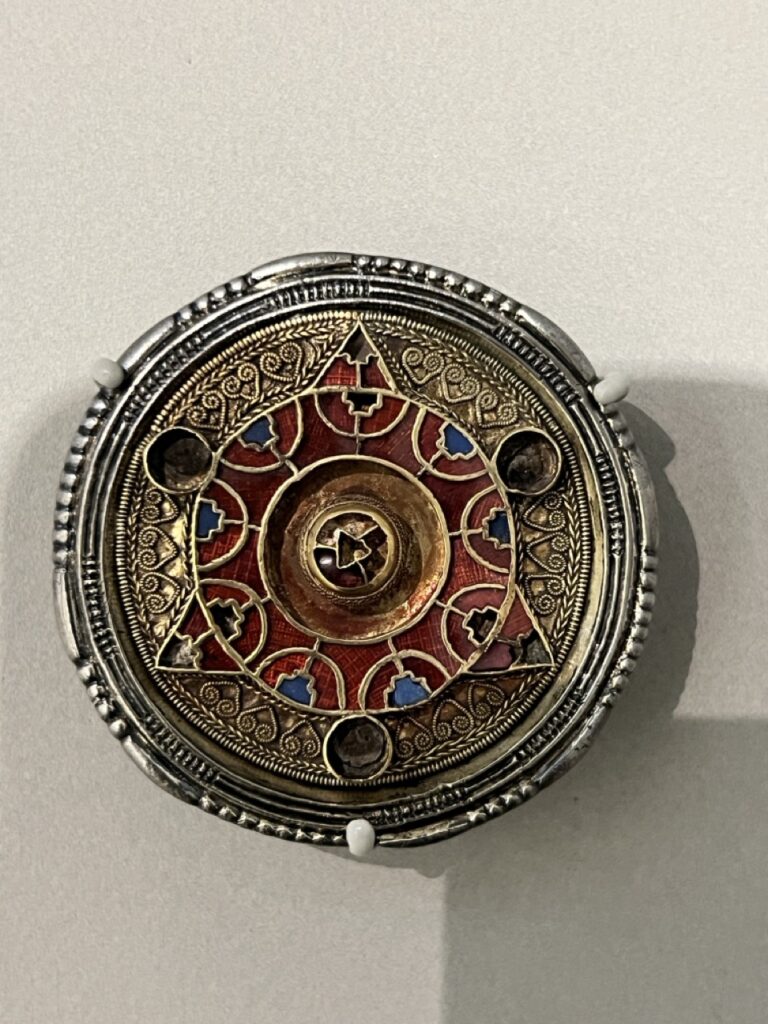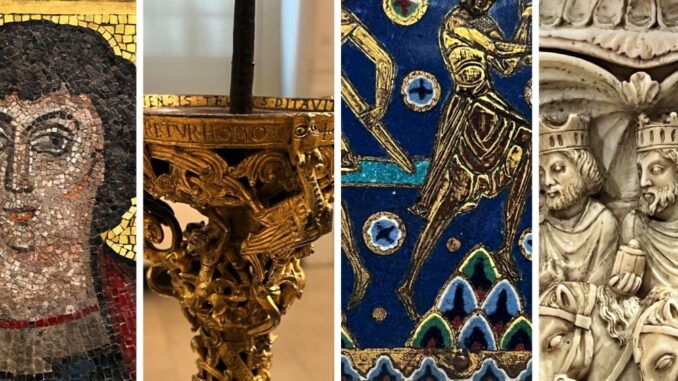
If asked my favourite London museum I always feel duty bound to say the British Museum, its collection allowing glimpses into civilisations from across the world and from across history. But I’m not sure I’m being 100% honest.
Because South Kensington’s Victoria and Albert Museum (the “V+A”) is never less than a delight, jam packed as it is with anything designed or crafted. Art, sculpture, photography, fashion, furniture; whole rooms from 17th and 18th century houses. There are tapestries, ironwork, monumental plaster casts (including a full size copy of the front of the cathedral of Santiago de Compostela and of Michelangelo’s David), jewellery, ceramics, etc and very much etc. Its miles and miles of galleries are a joyful place to wander and get lost in, its cafe is a work of art in itself, as are some of the halls and the staircases. “The nation’s attic” was how a former director described it, and that sums up its eclectic, almost chaotic collections; there is always something new and exciting to discover.
So it was that with a tour ending close by I popped in for half an hour to just mooch about among some of their early medieval and renaissance stuff (Room 8, The William and Eileen Ruddock Gallery).
I’ve been in there quite a few times – the ‘Boar and Bear Hunt’ tapestry always repays a good stare – but on this occasion I decided to be ‘exhaustive’ and look at everything. Reader, in thirty minutes I did not get five metres from the entrance to the room, so thickly are the treasures laid.
You could just marvel at the 1600 year old pair of bright red woollen socks, excavated in Egypt in the 19th century, or at the Alton Towers’ triptych, an enamel and gilded copper altarpiece from the mid 12th century, or a sixth century mosaic depicting the young christ. All can be seen before you have barely entered the room.
Then there is a glorious Becket reliquary, made in Limoges around 1180, in the decade following Thomas Becket’s murder in Canterbury and subsequent canonisation. Reliquaries were made to house relics – body parts, clothing, pieces associated with the living saint. We don’t know which (real or purported) bit of Becket was in this magnificent casket, but the champleve enamel decorations on the piece are a wonder in themselves.
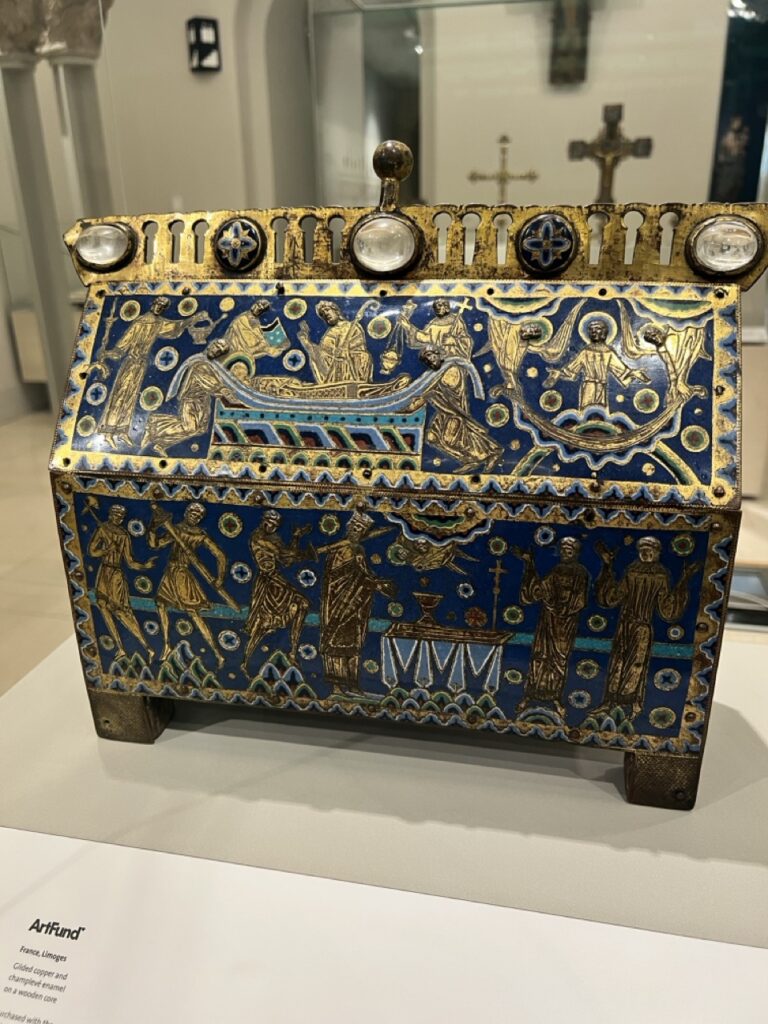
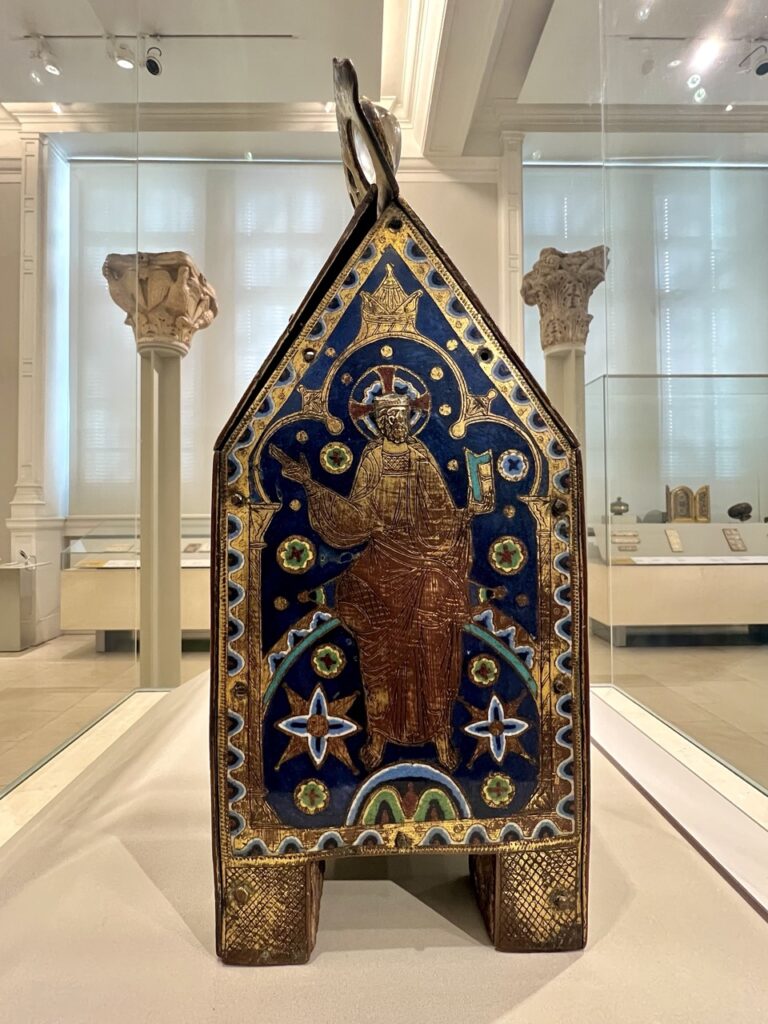
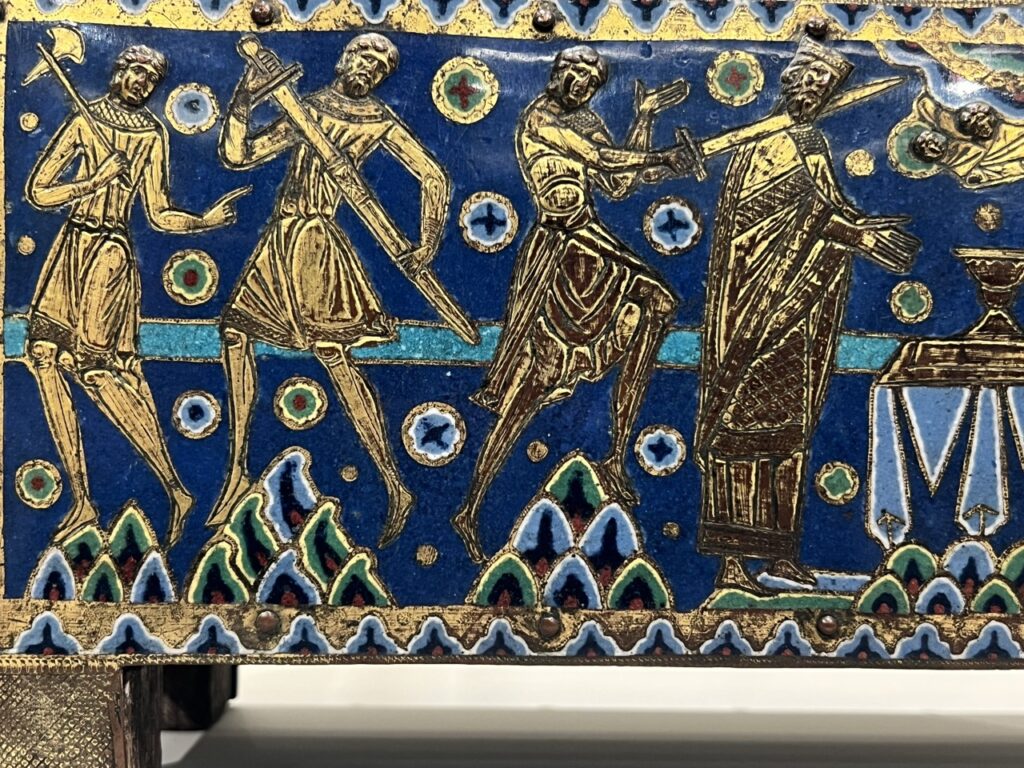
Or lose yourself in the Gloucester Candlestick (c1107-13), a sprawl of men, monsters and angels that is a glory of the Romanesque style, representing the triumph of light over darkness, of virtue over sin.
Commissioned by Peter, the abbot of the monastery church that is now Gloucester Cathedral, it was cast in three sections using the ‘lost wax’ process, and was probably made to go on the church’s altar (a relatively new innovation at the time. For the first 1,000 years of the Chirstian church ceremonial lights were associated with paganism.)
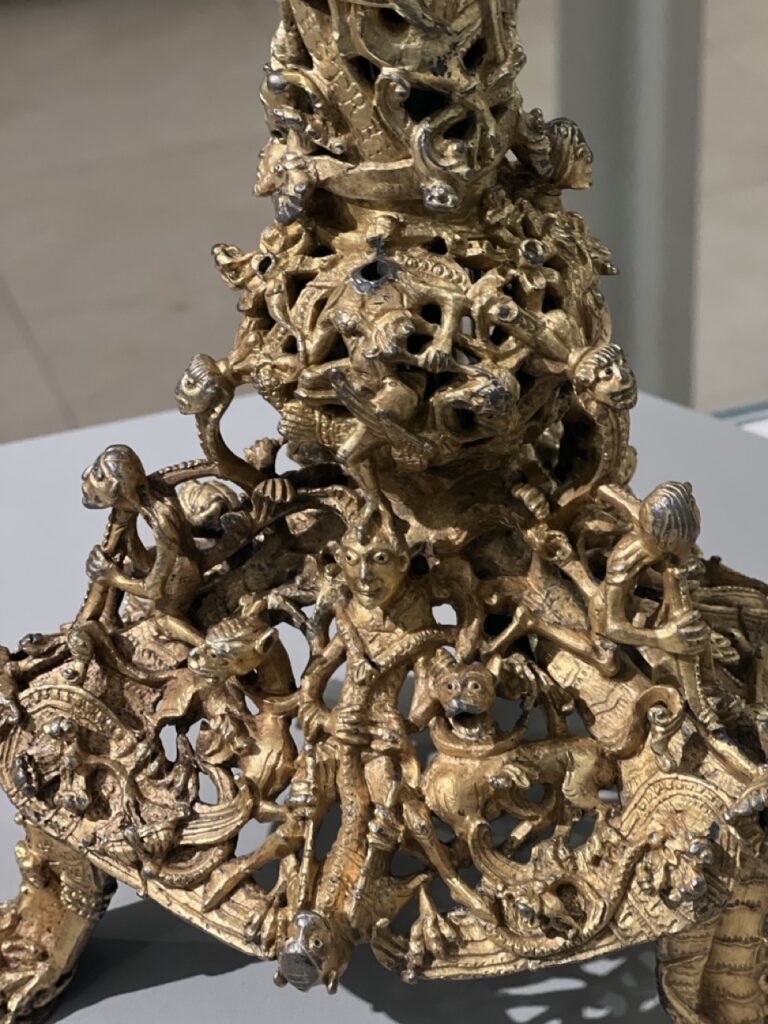
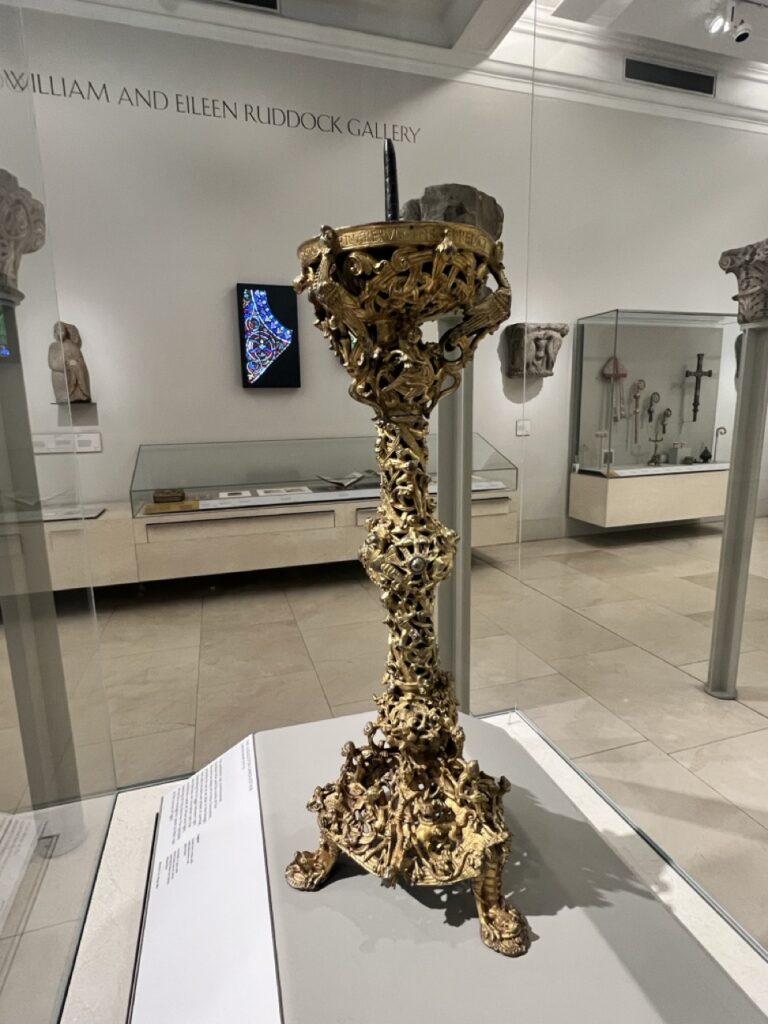
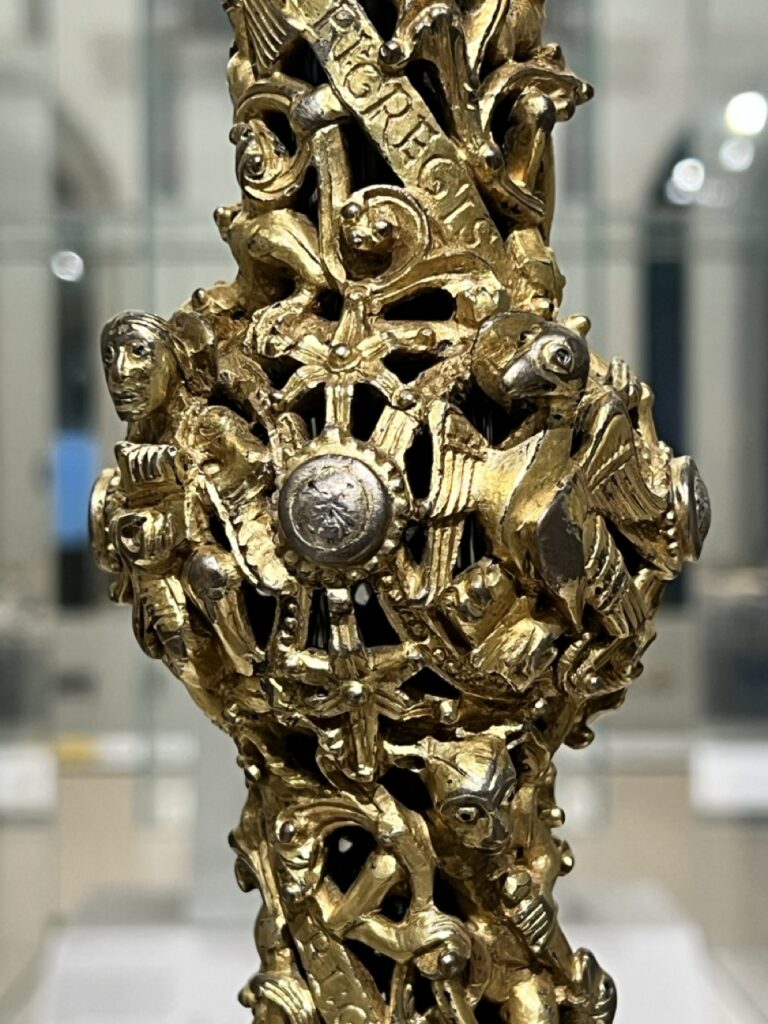
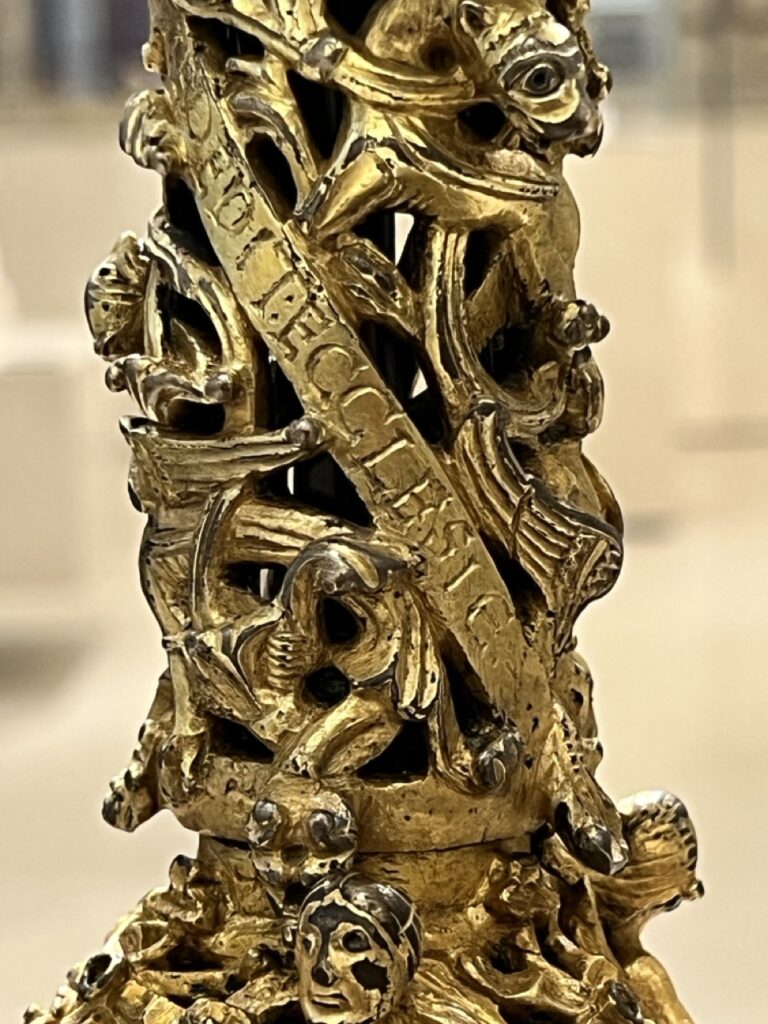
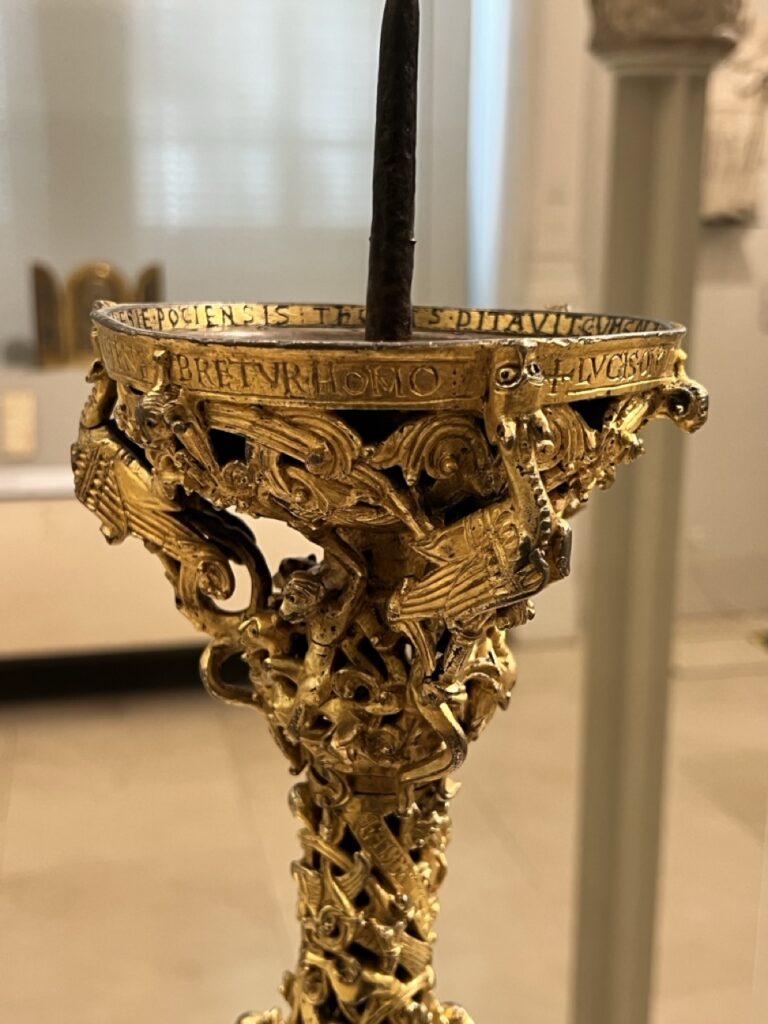
And while we’re on the Romanesque, virtually the first object you see as you enter the gallery is a tabernacle of oak covered with gilded copper, enamel and ivory panels that was made in Cologne in the second half of the 12th century. It is in the shape of a domed church of Greek cross design and probably held a pyx, a container for consecrated bread (although it may have been another reliquary). It’s a very large piece – over 50cm tall and weighing 20kg, and although it was much restored in the 19th century it is a breathtaking example of the medieval goldsmiths’ craft.

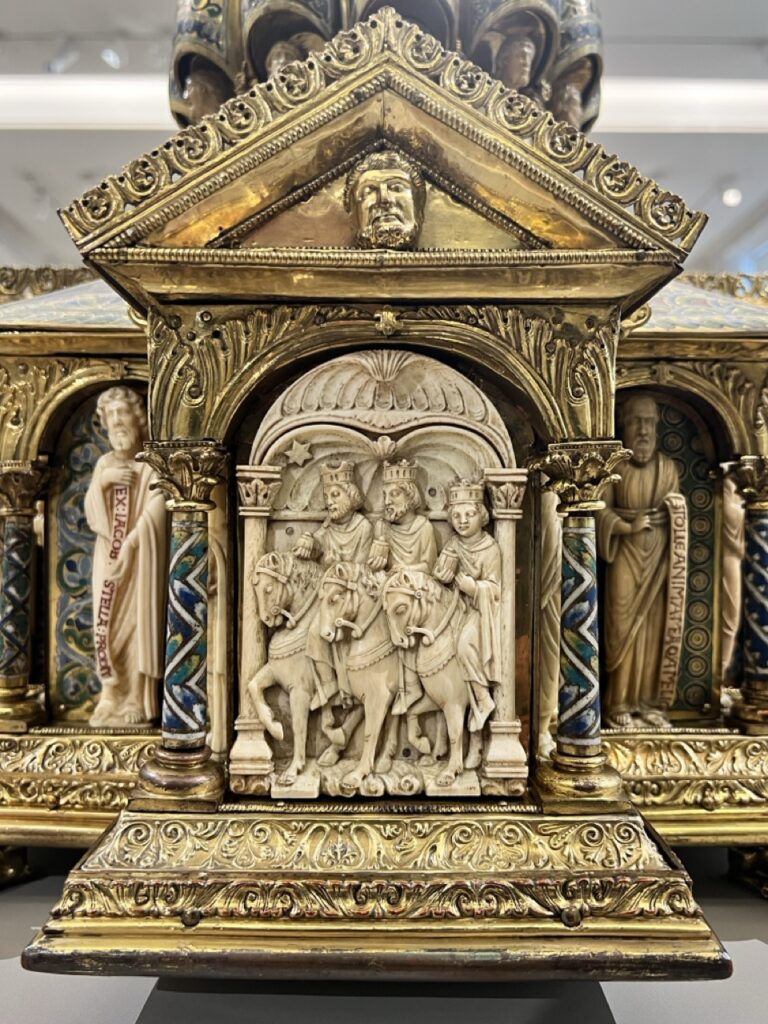
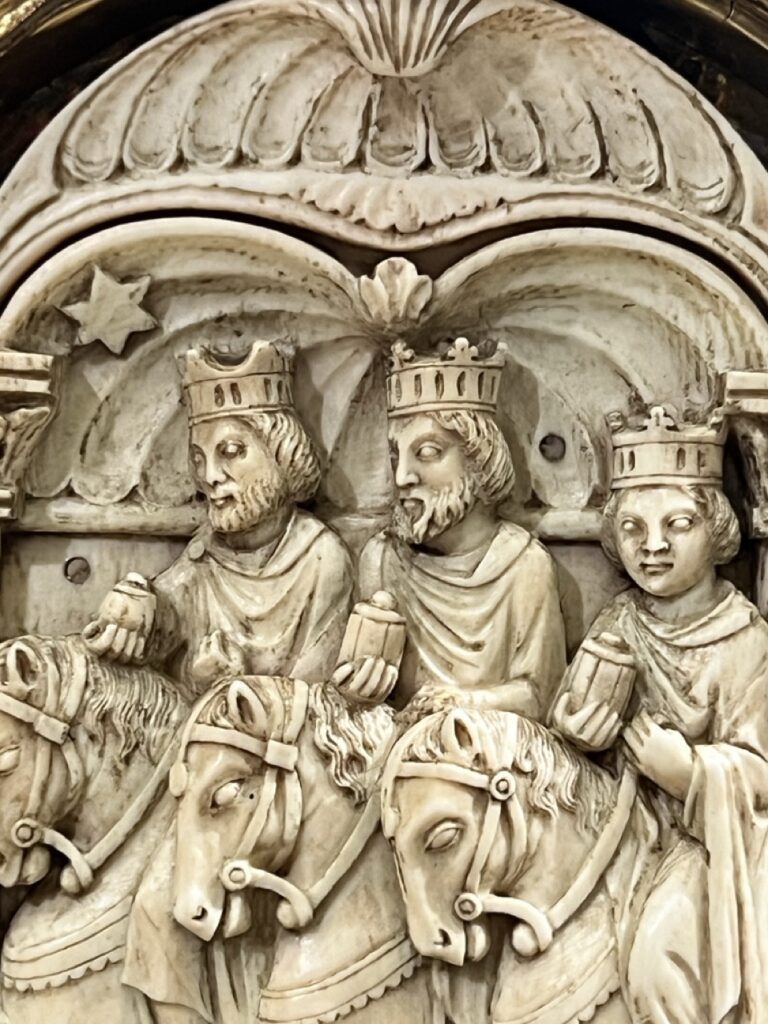
There are a couple more objects in the gallery of pictures below, and I will return to the V+A in future posts, but if you’re in London, or plan to be, make sure you stick the V+A on your ‘must see’ list. It’s free, and open from 10:00 to 17:45 every day (with late opening on Friday).
